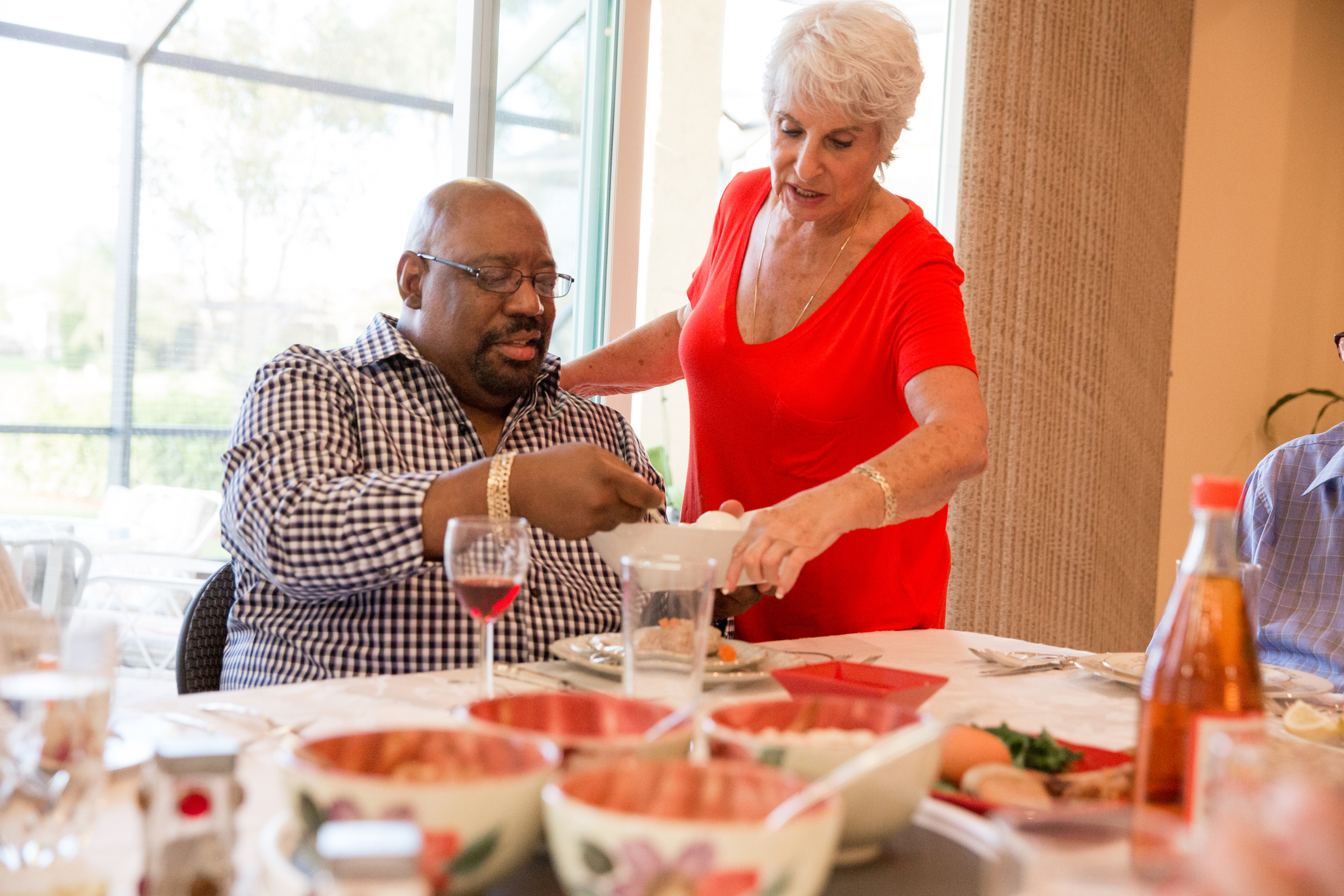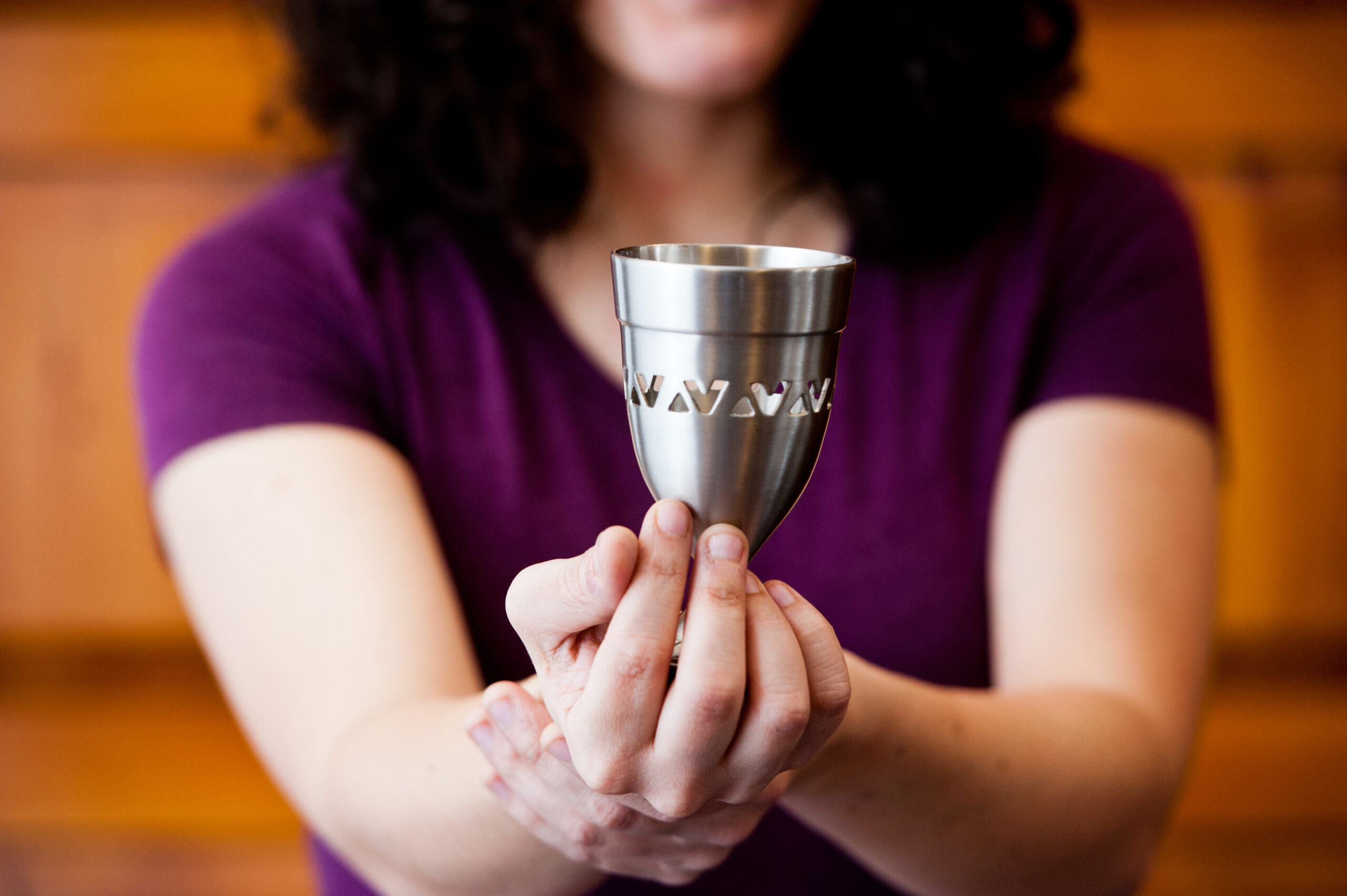Many contemporary haggadot link the themes of the seder to specific suggestions for tzedakah, giving money to increase justice, and for tikkun olam, repair of the world.
As a time when we remember our freedom from slavery in Egypt, Passover pushes us to think about others who remain “enslaved” in a variety of ways and to rededicate ourselves to social action. As a result, the Passover ritual is an especially appropriate time to think about tzedakah. Consider these options when thinking about ways to incorporate tzedakah into your seder:
• Include a tzedakah box on each table and ask participants to contribute money during the evening to a particular organization or project. Make a time during the ritual to talk about the program or organization that will receive the tzedakah from the evening.
• The seder liturgy challenges us to declare “kol dichfin yeitei v’yeichol,” let all who are hungry come and eat.” Have participants bring canned food to the seder to be donated to a local soup kitchen or shelter. Again, at some point during the evening, allow for discussion of the phrase and explain where the food will be going. Alternatively, make a contribution for a percentage of the money you spend on food to Mazon, the Jewish response to hunger, to metaphorically invite others to share in the meal at your seder.
• Supply lists of organizations and of community service projects at the seder, and ask participants to volunteer their time during or after the holiday.
• Invite representatives from community programs or social justice organizations you choose to speak during the evening or to be available for questions or for people to sign up.












